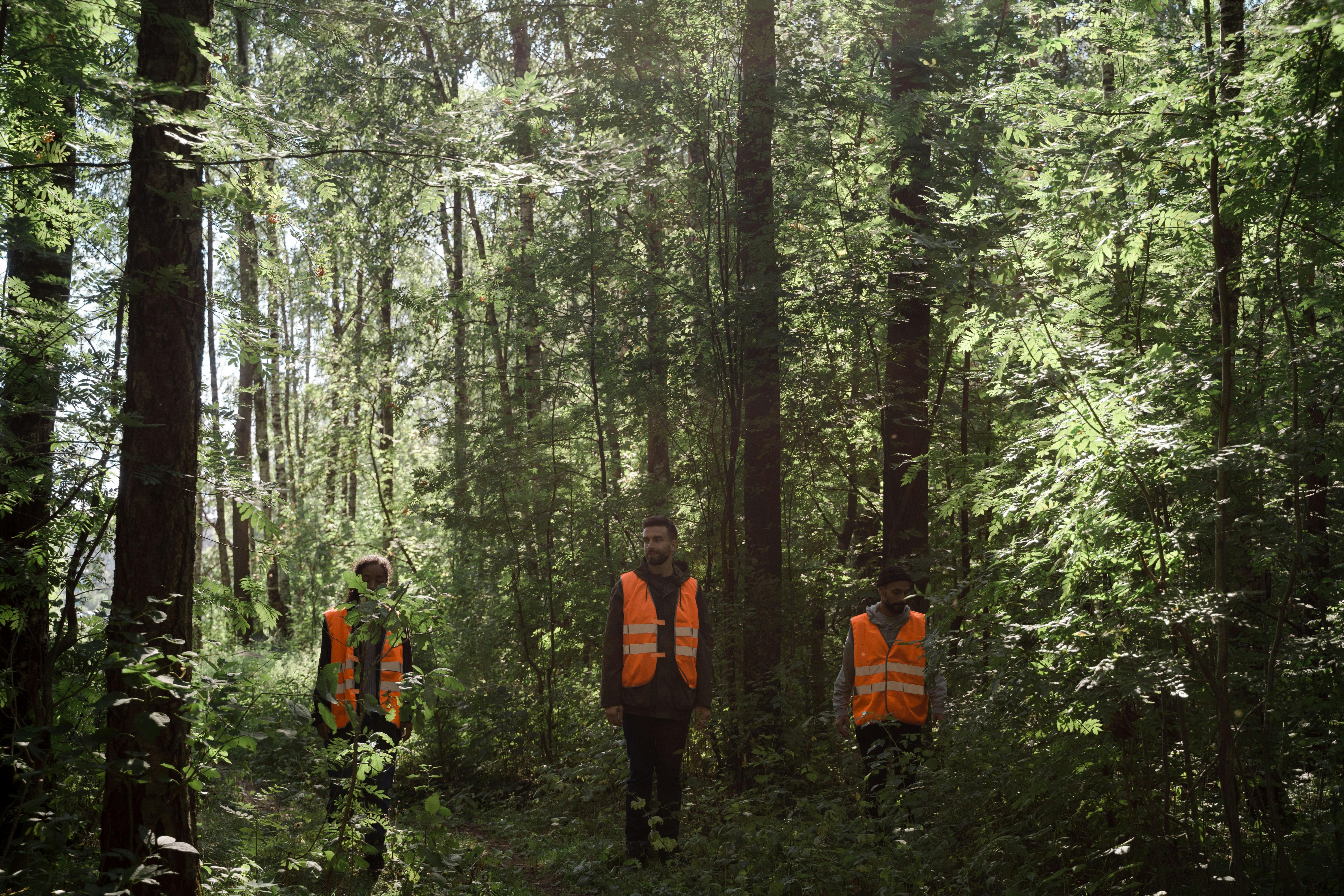
A Smart Forest Watchdog is Emerging From the Heart of India
In a quiet corner of Madhya Pradesh, a groundbreaking shift is taking shape deep within the forests where patrols once relied on gut instinct and delayed reports to protect green cover from illegal activity. In this rapidly changing world, the need for innovative solutions in environmental protection has never been more critical. Akshaya Rathore, an officer of the Indian Forest Service, is leading the charge with a revolutionary initiative that promises to transform how forest crimes are detected and prevented in India.
The Birth of an AI-Powered System
Akshaya Rathore has developed an artificial intelligence powered alert system that is changing the face of forest conservation. This system employs a combination of satellite imagery and machine learning algorithms to scan thousands of square kilometers for even the slightest changes in vegetation. Such advanced technology means that forest officials can now have real-time insights into the health of the forests they protect.
How Does It Work?
The AI identifies suspicious patterns indicative of illegal activities. For instance, it detects tree loss, land clearing, and other disturbances that might suggest illegal logging or encroachment. The system is designed to instantly notify forest officials on the ground, allowing for prompt action before permanent damage can occur.
The technology is already operational in several districts known for high deforestation risks, including Shivpuri, Guna, Burhanpur, Vidisha, and Khandwa. Traditional monitoring methods could take days or even weeks to confirm illegal logging; however, this advanced alert system can trigger a response within hours, significantly enhancing the efficiency of forest management.
Granular Monitoring and Immediate Response
One of the standout features of this system is its ability to catch early warning signs at a granular level as small as ten meters. This ensures that no act of encroachment, no matter how minor, goes unnoticed. By integrating technology that works at such detailed levels, forest management can become proactive rather than reactive.
The Vision Behind the Initiative
Akshaya Rathore is not just driven by technology but by a strong belief that forest protection should evolve with the advancements of our times. With a degree from the Indian Institute of Technology, Roorkee, he is aware of the pressing challenges posed by climate change and the limitations of manual enforcement in securing India’s vast forest resources. His vision is to create a system that is smarter, faster, and scalable.
A Local Innovation with National Significance
This initiative goes beyond being merely a technological project; it serves as a proof of concept for how local innovations can address complex environmental challenges. Rather than waiting for solutions to be delivered from the top down, this grassroots approach empowers local officers to take charge of conservation efforts with state-of-the-art tools.
As the positive results from this initiative continue to impress, other states and departments are beginning to take notice and consider similar implementations. This ripple effect of innovation is a hopeful sign for the future of environmental protection in India.
The Broader Impact on Environmental Conservation
This story is a crucial reminder of the intersection between technology and purpose. When combined, they can manifest incredible outcomes, transforming even the densest forests into zones of clarity, action, and hope.
Conclusion: A New Era of Forest Protection
The emergence of AI-powered monitoring systems like the one developed by Akshaya Rathore may signify the dawn of a new era in forest protection. As technology evolves, it opens doors to innovative approaches that challenge and change traditional methods of conservation. With the increasing threats that forests face today, such advancements are essential for ensuring the survival of our natural ecosystems, protecting biodiversity, and empowering local communities.